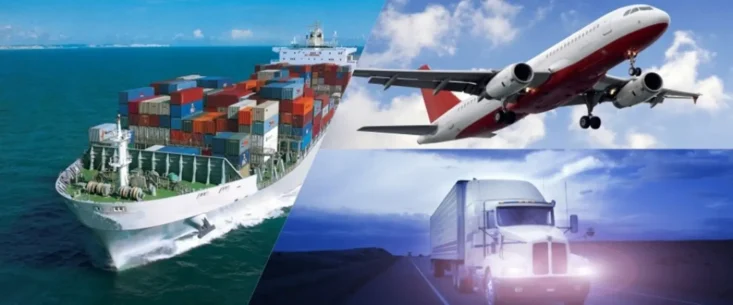
In today's international trade and logistics realm, multimodal transportation has emerged as a key connector of global markets. This method involves effectively combining different modes of transportation, such as sea, air, rail, and road, to optimize the efficiency and cost of the entire logistics chain. In this blog post, we will delve into the concept of multimodal transportation, its advantages, and how it plays a pivotal role in modern logistics.
Multimodal transportation refers to a comprehensive transport method that involves at least two different modes of transport, thereby achieving seamless integration within the global transportation network. This approach is typically coordinated by professional logistics companies or freight forwarders under a unified transport contract to ensure the smooth transit of goods from the origin to the destination.

Cost-Effectiveness
By leveraging the strengths of different transport modes, multimodal transportation finds an optimal balance between cost and efficiency. For example, sea transport is cost-effective, air transport is fast, and rail and road transport is flexible for short distances.
Time Efficiency
Multimodal transportation significantly increases transport efficiency by optimizing routes and reducing waiting times for goods during transshipment.
Environmental Friendliness
By reducing the proportion of air and road transport, and increasing the use of rail and sea transport, multimodal transportation helps decrease overall carbon emissions, aligning with sustainable development goals.
Reduced Transportation Risks
Multimodal transportation reduces the risk of loss and damage to goods during transshipment through professionalized management.
Let's take a practical example: a batch of goods needs to be transported from China to Europe. The goods are first shipped by sea from a port in China to a major port in Europe and then transported by rail or road to their final destination. This method is more economical than sole reliance on sea or air transport and faster than complete dependence on land transport.
Multimodal transportation is an integral part of modern international logistics, offering an efficient, cost-effective, and environmentally friendly solution by integrating the advantages of different transportation modes. For businesses looking to optimize their supply chain, reduce transportation costs, and increase efficiency, multimodal transportation is a viable option. As global trade continues to evolve and environmental conservation becomes increasingly important, the role of multimodal transportation is set to become even more significant.

Wing Shipping offers various logisticssolutions for Chinese exports, including air,sea, and rail freight. We promote tradebetween China and the world, contributingto the development of your business.
Wing Shipping offers various logistics solutions for Chinese exports, including air, sea, and rail freight. We promote trade between China and the world, contributing to the development of your business.
Copyright 2024 Wing-Shipping. All Rights Reserved.